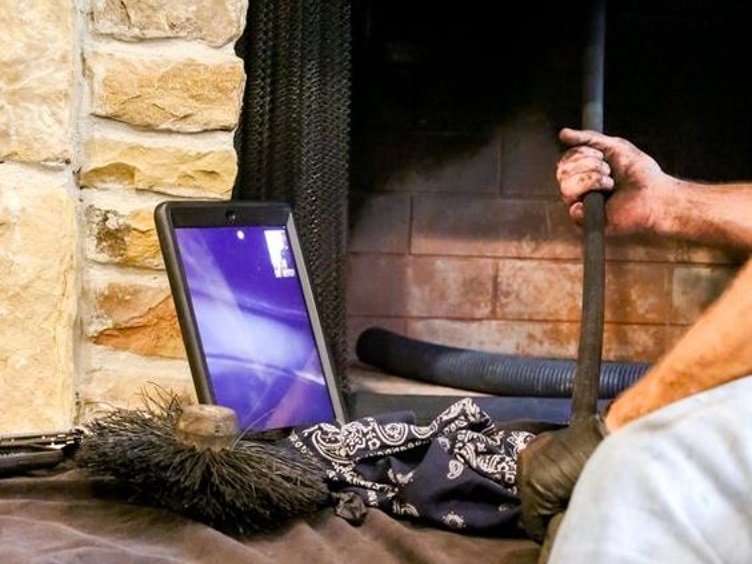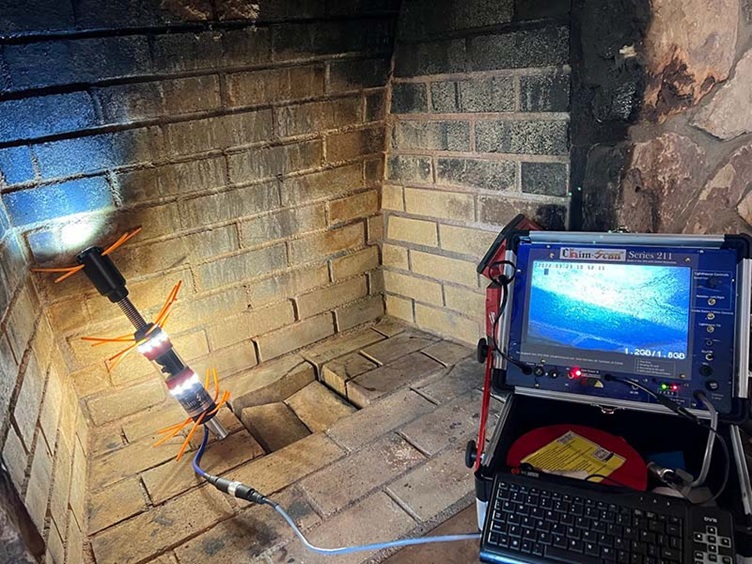Chimney Video Inspection: Ensuring Safety and Peace of Mind

Chimney Video Inspection: Your Key to a Safer Home
Unparalleled Accuracy in Damage Detection
Cost-Effective Preventive Maintenance
Enhanced Safety for Your Home and Family
Our Process
Preliminary Assessment and Setup
- Identify potential external issues
- Determine the best access points for our camera equipment
- Assess the overall chimney structure and type
- Provide a clear, upfront explanation of the inspection process
Advanced Video Inspection Techniques
- High-definition camera systems for clear, detailed imagery
- Flexible cable technology to navigate bends and offsets in the flue
- 360-degree viewing capability to examine every inch of the chimney interior
- Real-time video feed for immediate analysis and client viewing
6 Compelling Reasons to Book a Chimney Video Inspection
Services We Offer

Residential Maintenance

Commercial HVAC System Care
Why Choose Us
Frequently Asked Questions
01
What exactly is a chimney video inspection?
A chimney video inspection uses a high-resolution camera attached to a flexible rod to thoroughly examine the interior of your chimney, providing a real-time video feed of its condition.
02
How often should I have a chimney video inspection?
We recommend having a chimney video inspection annually, or more frequently if you use your fireplace regularly or notice any issues like poor drafting or unusual odors.
03
What can a video inspection detect that a regular inspection might miss?
Video inspections can reveal small cracks, minor damage, early stages of creosote buildup, and obstructions that might be overlooked during a standard visual inspection from the fireplace opening or roof.
04
How long does a chimney video inspection take?
A typical chimney video inspection takes about 30-60 minutes, depending on the chimney’s size, complexity, and any issues discovered during the process.
05
Is a chimney video inspection worth the cost?
Absolutely. Video inspections can detect problems early, potentially saving you thousands in future repairs and ensuring your home’s safety from fire hazards and carbon monoxide leaks.